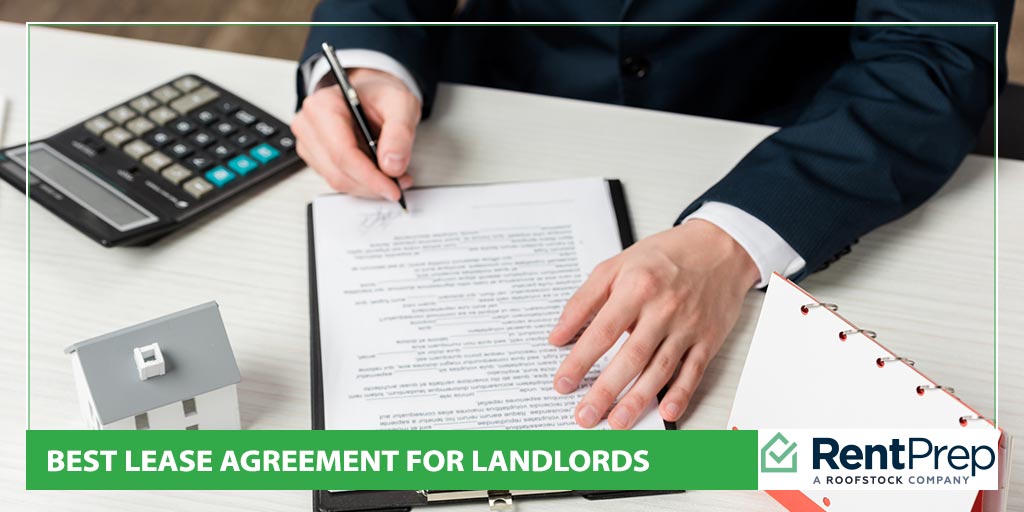
Experienced landlords know that the best way to make a profit is to rent to good tenants who want to stay a long time in their rental property. Frequent turnovers mean increased costs, so it is in a landlord’s best interest to put tenants into as long of a lease as possible. But what kind of lease agreement truly benefits a landlord?
Month-to-Month Lease Agreements
The month-to-month lease term is one of the least beneficial types of lease agreement for landlords simply because there is not much reliability. Tenants can simply give a 30-day notice that they will be moving out and the landlord must find new tenants for the rental property. By the time a landlord advertises, finds qualified applicants, prepares the place for the new tenants and signs a new lease agreement, those 30 days have zipped by and the landlord runs the risk of the rental property sitting empty.
There may be situations where a month-to-month lease is in the landlord’s favor, however. In many college towns where transitory students are renting rooms together, it can be much easier for a landlord to create a lease agreement that is month to month so that as roommate situations change, new lease agreements or addendums can be easily created and put into place. Also, when a more traditional lease agreement expires, many default to month-to-month agreements.
One Year Lease Agreements

This is the most common lease term in the rental industry and most landlords and tenants expect to commit to each other for this length of time. Because a one year lease locks the tenant in for an entire 12 months, landlords usually don’t have to worry about turnover too often. It’s also not so long that the landlord can’t implement new changes, increase the rent or other adjustments at the end of every year.
The tricky part is what happens at the end of the one year lease. In other words, landlords can let the term of the agreement expire, in which case the contract would default to a month-to-month agreement. Or, the landlord can try to get the tenants to renew for another one year lease. Of course, the one year lease renewal is usually in the landlord’s best interests, again for lack of turnover and more of a guarantee that the unit will remain occupied. It’s up to the landlord to entice the tenants to renew.
Long Term Lease Agreements
In some cases, where tenants have expressed an interest in becoming long-term residents of the unit, it may make sense to create a long term lease rental agreement, such as a 24-month lease agreement. Sometimes, this might work when renting to friends and family where there is a deeper commitment or understanding of living arrangements.
For the most part, it is possible that it goes in favor of the landlord to set up a long-term lease, but even though it represents security in that there is a low risk of turnover, it may also tie a landlord’s hands if something needs done, such as raising the rent or giving tenants a notice to quit when the lease expires. The long-term agreement should really be done on a case-by-case basis.
In summary, it seems that a one year lease may be the best for landlords in that it provides some stability and minimizes turnover, but gives both tenants and landlords a chance to re-evaluate things each year. A too-short lease agreement really favors the renter while a lengthy lease agreement doesn’t really favor either side except in special conditions. The ideal lease agreement terms seems to be one year, with the tenant renewing each year.

